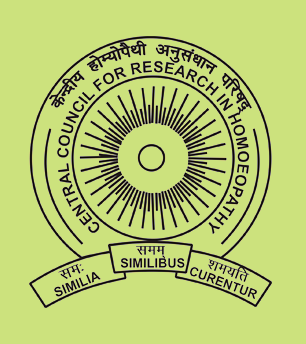Indian Journal of Research in Homoeopathy
Keywords
Calendula, Diabetic foot ulcer Short Form questionnaire, Diabetic foot ulcer, Homoeopathy, India, Lower extremity amputation, Randomised controlled pilot study
Article Type
Original Article
Abstract
Background: Despite standard management, healing rate of Diabetic Foot Ulcers (DFUs) remains low, posing risk of lower extremity amputation. Objectives: This study was undertaken to evaluate if Calendula Q has added benefit over individualized homoeopathic intervention (IHI). The primary objective was to achieve complete epithelialisation within 20 weeks and secondary objective was to assess the changes in quality of life using DFU Scale-short form (DFU-SF) questionnaire. Materials and Methods: A randomised controlled pilot study with a 20-week intervention was conducted from 2014-2017. 277 cases were screened and 60 cases were enrolled and randomised to Group I: IHI + Calendula Q dressing (n= 30) and Group II: IHI + normal saline (NS) dressing (n = 30), along with standard conventional medication for glycaemic control. Results: The mean time (Group I= 12 weeks, Group II= 11 weeks) of ulcer healing in both groups showed no statistically significant difference, thus calendula Q used for dressing did not have any added benefits (p= 0.0521). Arsenicum album (n= 14, 23.3%), Lycopodium (n= 8, 13.3%), Silicea (n= 7, 11.7%), Sulphur (n= 6, 10%), Phosphorus (n= 5, 10%) and Sepia (n=5, 10%) were found to be effective medicines. Conclusion: IHI, along with wound hygiene and conventional diabetic management, proved to be effective, irrespective of whether Calendula Q or normal saline was used for wound hygiene, thus leading to early, complete epithelialisation of Wagner's first and second stages of DFUs. Further studies comparing IHI with standard care are warranted.
Digital Object Identifier
10.4103/ijrh.ijrh_87_19
Publisher
Wolters Kluwer India Pvt. Ltd.
How to cite this article
Ponnam H, Lamba C, Oberai P, et al. Calendula mother tincture vs normal saline for ulcer dressing as an add-on to Individualized Homoeopathic Intervention in the management of Diabetic Foot Ulcer: A Randomized Controlled Pilot Study. Indian J Res Homoeopathy 2020;14:233-241. doi: 10.4103/ijrh.ijrh_87_19



